Updated October 2024
Two years ago, we (Steph and Mike) experienced what most dachshund owners dread happening. Our long-haired "tweenie" dachshund, Django, underwent spinal surgery for Intervertebral Disc Disease (IVDD).
In this DJANGO Dog Blog article, we address what to do if you suspect your dog is suffering from IVDD. We cover what steps you should immediately take if your dog has symptoms of IVDD, explain what IVDD is, and also address additional frequently asked questions about Intervertebral Disc Disease in dogs.
To be clear, we (Steph and Mike) are not certified veterinarians. We are loving dog owners who have experienced Stage 4 IVDD with our dachshund Django. Please consult your regular vet or a canine neurologist immediately if you think your sausage dog is suffering from IVDD.
Our dachshund IVDD Story
One Saturday afternoon, we were preparing to go outside for a walk with Django. Out of seemingly nowhere, Django stopped walking around us and sat down in the middle of our narrow mudroom hallway.
Although there had been no accident, incident, or obvious injury, Django was suddenly shaking, wobbly on his back legs, and clearly in discomfort.
For the first time in a long time, Django simply wasn’t his happy and energetic self. When we eventually moved Django into the bright kitchen and sat on the floor with him, he began trembling more and tucked his head between our legs. We know now that these are all clear signs of pain and discomfort in dogs.
Django's IVDD diagnosis
Mike and I took Django to an emergency vet and canine neurologist who immediately diagnosed Django with minor IVDD and put him on medication and strict crate rest.
Django seemed to improve really nicely throughout the next few days, but he took an unexpected turn for the worse one week later. His pain had clearly returned and his back legs stopped functioning properly. Within minutes, it became clear that Django had lost almost all function in his back legs and was now partially paralyzed. Recognizing the sudden severity of Django's IVDD, Mike and I took action immediately.
Stage 4 IVDD Surgery and Django's IVDD Recovery
Django had IVDD surgery on January 10, 2022, approximately 48 hours after he lost function in his back legs, to remove all of the disc material in his spinal canal which was causing him pain and partial paralysis. The surgery was considered successful, and our neurologist said that Django should eventually regain function of his back legs.
Here is a full breakdown of Django's IVDD surgery and all of the additional costs we realized for his emergency are.
Django started getting more feeling and function in his back legs about 3-4 weeks after surgery. Within 7-8 weeks after his operation, he finally started to use his back legs again. Over the following few months, Django slowly regained strength in his back legs. As of October 2024, over 2.5 years after his surgery, Django's back legs remain slightly wobbly and weak. His back legs also get tired much more easily than before. With all of that said, Django has fortunately regained full function and can play, run, swim, and walk with ease. We couldn't be more relieved and thankful for his recovery!

WHY CAN’T MY DACHSHUND MOVE HIS LEGS OR NECK?
Dog can't move back legs or front legs
If your dog cannot move his back legs, he most likely has an issue with one of the 20 vertebrae in his chest or lower back. If your dachshund’s front legs are not working and/or he cannot move his neck, he probably has a neck or cervical injury. Both of these instance are signs of severe Intervertebral Disk Disease (IVDD) and must be taken very seriously. In some cases, dogs become weak or paralyzed in all four limbs (also known as tetraparesis).
Dog trembling - IVDD?
If your wiener dog is yelping in pain, shaking, walking like he is drunk, or scuffing his toes, he may have a mild case of IVDD. As mentioned above, our dachshund Django initially showed mild symptoms of IVDD. He was clearly in pain and was wobbly on his legs, but he was still able to move freely and still had function in his legs. Based on these symptoms and a neurological exam, Django's canine neurologist diagnosed him with mild IVDD and put him on strict crate rest. When Django later lost function in back legs, we realized his IVDD case was very severe.
IVDD action plan
Whether your dog's IVDD is mild or severe, you need to act as quickly as possible. It can be difficult to discern how serious your dog's case is—mostly because our four-legged family cannot tell us with words how bad they feel. Regardless, if you suspect your dog has IVDD, take action immediately. Not addressing IVDD can result in worsening symptoms (pain, weakness, immobility), further damage to the spinal cord, and permanent paralysis.
WHAT YOU SHOULD DO IF YOUR DOG HAS IVDD?
IMMEDIATELY CRATE YOUR DOG.
To prevent your dachshund's symptoms and injury from getting worse, immediately limit his movement via strict crate rest. Don't let your dog continue to walk or run around the house as he can further injury himself and do irreparable damage to his spinal cord.
Use caution: your sausage dog may keep trying to get up, "escape" his crate, or even bite you because he’s in a lot of pain. The best thing you can do for him right now is completely limit his movement by putting him in a crate.
If you suspect your dog has a cervical/neck injury, try to keep his head as still as possible.
If you don't have a crate, consider wrapping your dog in a blanket or towel and holding him closely to your body so he cannot wriggle, squirm, and injure himself further. When holding your dachshund, the body should be horizontal and parallel to the floor, and you should always make sure to fully support the butt and back legs with your arms.
CONTACT YOUR VETERINARIAN.
Call your veterinarian immediately and ask them what you should do. If it is a holiday, the weekend, or after business hours, take your dachshund to an emergency veterinary clinic. Ask your vet and/or the emergency veterinary clinic to recommend a canine neurologist, if one is not on staff already, and make an appointment with this new specialist.
Most out-of-hours services are more expensive than routine annual veterinary care. If you cannot afford emergency care or there isn’t a clinic near you, arrange an appointment with your regular veterinarian as soon as possible. Next, put your dachshund on strict crate rest. This means he is only allowed out of his crate for potty breaks and veterinary appointments.
INFORMATION FOR YOUR VETERINARIAN OR CANINE NEUROLOGIST
When you see your regular/emergency veterinarian or canine neurologist, you will want to tell them:
- Whether your dachshund's front or back legs are paralyzed
- When your sausage dog started having symptoms
- How your wiener dog was injured (if known)
- What his symptoms are and why you think he might have IVDD
- How he acted and what you did (e.g., crate rest, pain medicines, etc.) after you first noticed his pain.
LEARN ABOUT IVDD
Because many veterinarians are generalists, they may not know a lot about IVDD. Sitting in the waiting room? Or waiting to schedule an appointment with your regular vet? Learn more about intervertebral disc disease in dogs here.
Additionally, seek a second opinion if you are not happy with what your veterinarian knows about canine IVDD and/or if you disagree with their diagnosis. The best thing you can do right now is find a reputable veterinarian or canine neurologist who has experience diagnosing and treating dogs with IVDD.
WHAT IS INTERVERTEBRAL DISK DISEASE (IVDD) IN DOGS
IVDD is a genetic disease that affects the shock-absorbing cushions (intervertebral discs) between the bones (vertebrae) in your dog’s spine.
The spine is made up of individual vertebrae bones. Dogs have 30 vertebrae running from the neck to the tailbone. All canines have 7 cervical vertebrae (neck), 13 thoracic vertebrae (chest), 7 lumbar vertebrae (lower back), and 3 sacral vertebrae (pelvic). Click here for an illustration of a dog's 30 vertebrae.
The vertebrae between the neck (cervical) and the lower back (lumbar) have soft cushions between them called intervertebral discs. Intervertebral discs have soft gel-like centers and thick outer layers. They’re like soft and squishy jelly donuts. When their fluid leaks into your pup’s spinal cord space, it puts pressure on his nerves. This can cause pain, weakness, and even front or back leg paralysis.
We provide a more detailed overview and explanation of IVDD in dogs in this comprehensive DJANGO Dog Blog article.
THE 5 STAGES OF INTERVERTEBRAL DISK DISEASE
Intervertebral disc disease has 5 different stages.
- Stage 1: Your dachshund has mild back or neck pain that self-corrects in 3 days.
- Stage 2: Your sausage dog has moderate-to-severe pain in his neck or back. When he walks, he drags the tops of his paws across the ground. He also has muscle weakness and walks like he’s drunk.
- Stage 3: While your dachshund can move his legs, he can’t stand and walk on his own.
- Stage 4 (Django's diagnosis): Your wiener dog can’t move his front or back legs, but he can still feel his toes when they’re pinched.
- Stage 5: He is completely paralyzed and can't feel any pain.
“WILL MY DACHSHUND EVENTUALLY DEVELOP IVDD?”
All dog breeds can have a bulging, herniated, ruptured, or slipped disk. But the condition is most common in chondrodystrophic breeds like dachshunds, English bulldogs, and Pembroke Welsh corgis. Chondrodystrophic breeds have short legs and long backs.
If you have a sausage dog, it is extremely important to be aware of IVDD. Approximately 1 in every 4 wiener dogs will develop this genetic disease in their lifetime. Dachshunds are 10-12 times more likely to suffer from IVDD than other chondrodystrophic dog breeds. Smooth-haired sausage dogs are 4.2 times more likely to get IVDD than wire-haired or long-haired dachshunds. Spayed female and overweight doxies are also much more at risk of IVDD.
WHAT CAUSES IVDD IN DACHSHUNDS?
With these scary statistics in mind, it is important to understand that IVDD is often caused by sudden trauma (i.e., climbing stairs or jumping off furniture and landing incorrectly). Unfortunately, IVDD can also be genetic.
With our sausage dog Django, no event or trauma that we’re aware of caused his injury. One Saturday morning Django was completely fine, and later that afternoon he was visibly in pain. He didn’t fall off of a bed, jump off of a sofa "wrong", or even climb a flight of stairs (we have pet gates that prevent him from doing stairs in our home). When we asked Django’s neurologist how he could have gotten hurt, her answer was clear and simple: genetics.
Dachshunds are most at risk for IVDD between ages 3 and 6. They are particularly prone to IVDD because they're 50 times more likely to have a dwarfism gene mutation called FGF4-12.
HOW WILL YOUR VETERINARIAN DIAGNOSE IVDD?
If your dachshund's IVDD is mild, your vet will likely recommend anti-inflammatories, pain medications, and strict crate rest. This happened to Django in October 2020. He had a mild back injury, and we put him on crate rest for 4-6 weeks after taking him to a neurologist. We only let Django out of his crate for potty breaks and to cuddle, and Django fortunately had a full recovery from that particular injury.
NEUROLOGICAL EXAM
Your vet or neurologist will first perform a physical and neurological exam to determine if IVDD is the most likely diagnosis.
When we brought Django to the emergency animal hospital after he lost function in his back legs, Django's neurologist tested the reflexes in each of his paws to see if there was a delay in response due to spinal cord compression and/or damage. The neurologist also pinched Django's toes to see if he still felt pain. With a relatively quick but precise physical exam, Django's neurologist was able to clearly identify his symptoms as IVDD related and diagnosis the severity of his IVDD as stage 4.
This exam happened on a Sunday afternoon. Given Django's severe condition, he was admitted to the hospital immediately after his physical exam on Sunday, and he had an MRI (more on this below) scheduled for first thing Monday morning. Surgery ultimately followed Django's MRI on Monday.
MYELOGRAMS
Your veterinarian may perform a test called a myelogram. Once your dog is put under anesthesia, a special dye is injected by his spinal cord to help it show up on an x-ray.
Myelograms can range in price from $600 and $1,750, depending on where you are located geographically and what type of facility performs the test. A small percentage of sausage dogs are at risk of “seizure-like” activity after they are injected with dye, but they recover after they’re given Valium (diazepam).
MAGNETIC RESONANCE IMAGING (MRI)
Because 45% of dachshunds are diagnosed with IVDD using magnetic resonance imaging (MRI), your vet will probably order one immediately, especially if the IVDD case is severe (stages 3, 4, or 5).
Django lost function in his back legs on a Saturday afternoon, and he had an MRI first thing Monday morning. The MRI helped Django's neurologist locate the exact intervertebral disc in question and confirm that he urgently needed surgery that same day.
Approximately 65% of “slipped discs” are in the mid-back (Django's diagnosis) while 18% happen in the neck.
Canine MRIs can cost as much as USD 1,500 to 3,000 in the United States. Prices will vary based on several factors including your geographic area. As a reference, we presently live in New Jersey, and Django's MRI cost $2,200.
HOW MUCH IS IVDD SURGERY?
The cost of IVDD surgery is based on several factors, including the area you live in, what part of your dog’s spinal cord is injured, and the complexity of surgery. The cost of your dog's IVDD operation can range anywhere from USD 3,000 to 9,000.
As a reference, we live in New Jersey (just outside of Philadelphia), and Django's IVDD surgery alone was USD 4,700. Django's surgery was somewhat standard and lasted approximately 90 minutes from start to finish. He had a hemilaminectomy procedure to remove herniated disc material from his spinal canal at the T12-13 location. Django's neurologist said the surgical cost would have been higher if Django had 2 impacted locations that needed operation.
Keep in mind that your total IVDD bill will include both surgical and non-surgical items related to your dog's care and hospital stay. The cost of neurological exams, imaging scans, anesthesia, pain killers and post-op medications, the length of your dog's hospital stay—all of these items will likely be put on one invoice and billed simultaneously. In fact, most animal hospitals that perform IVDD surgery will require that you pay a significant deposit upfront, i.e. 30% of your dog's total expected or maximum bill.
When all IVDD surgical and non-surgical costs are accounted for, the total bill can range anywhere from USD 6,000 to 12,000 for small or medium dogs and as much as USD 8,000 to 14,000 for large dogs. Our final hospital bill was USD 8,600.
THE GOOD NEWS
Most sausage dogs with mild IVDD fully recover after 4-6 weeks of strict crate rest.
Dachshunds that have very serious IVDD (i.e., where they’re partially paralyzed like Django) need an immediate diagnosis, emergency surgery, and proper post-surgery care. Sadly, some dogs never fully regain control of their limbs, but this outcome is very rare. Our neurologist specifically said 90-95% of dogs like Django are able to walk again within 4-6 weeks and see a full recovery in 3-6 months. This means that with proper treatment and care, your dachshund will very likely live a happy, normal, and active life after the IVDD diagnosis.
Questions? Comments?
Leave a question or tell us about your own IVDD experiences in the comments below. Follow Django’s IVDD journey on Instagram and Facebook.

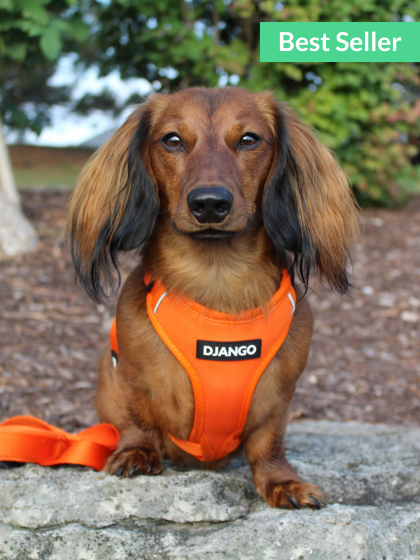

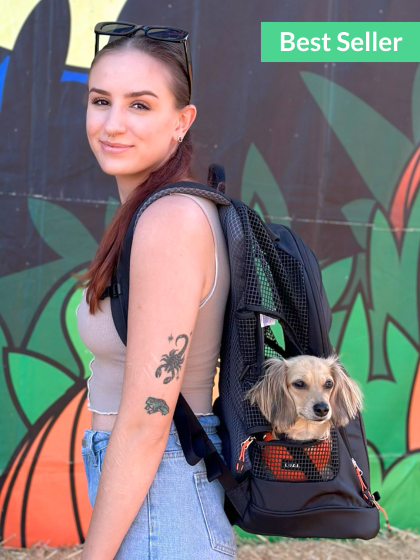

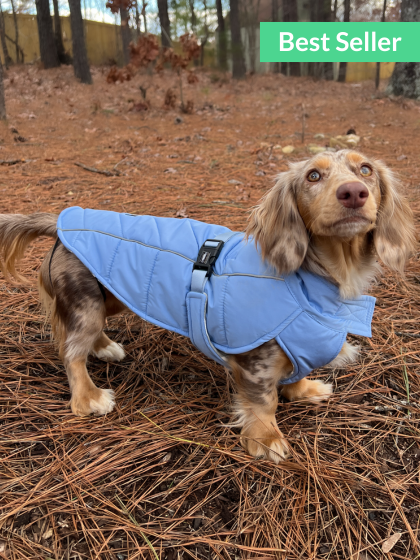
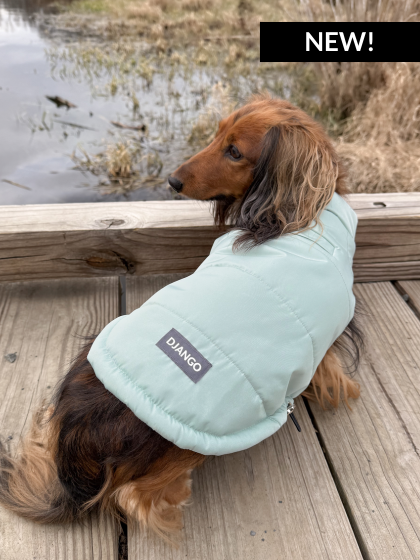
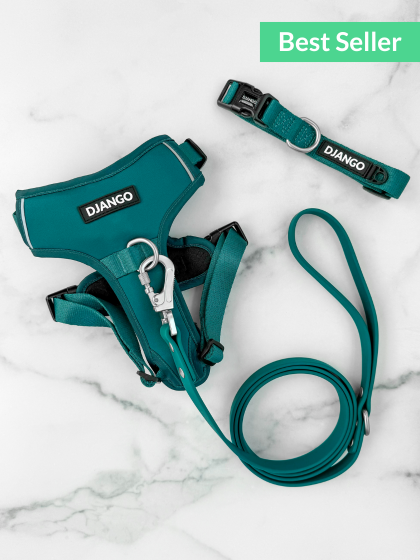

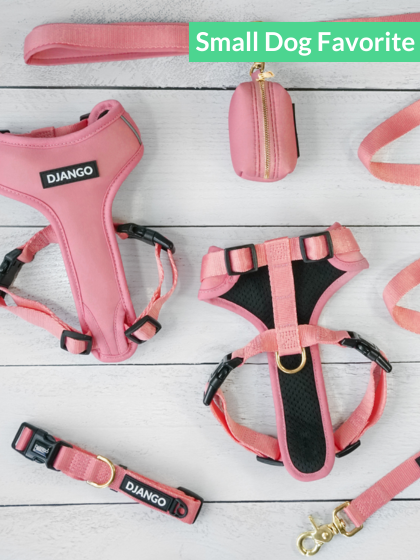


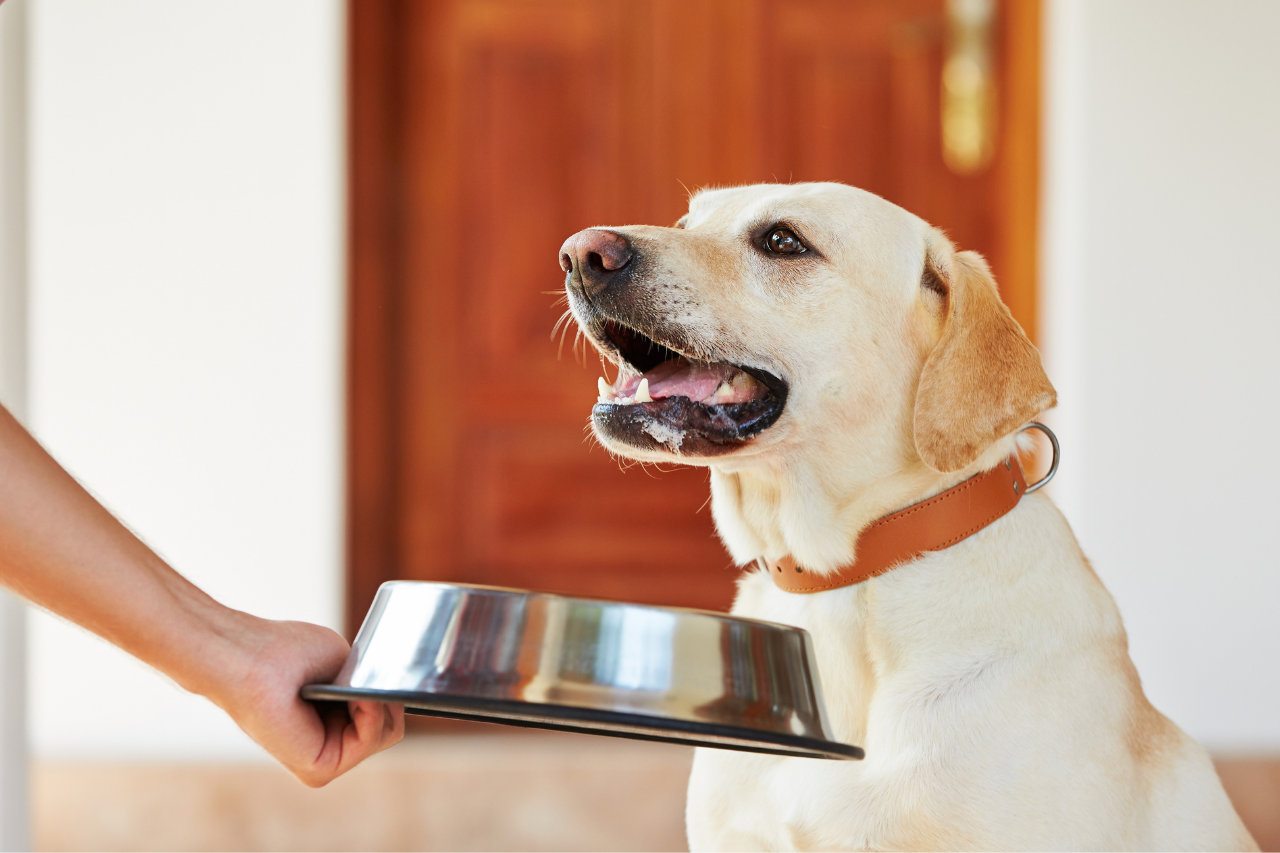
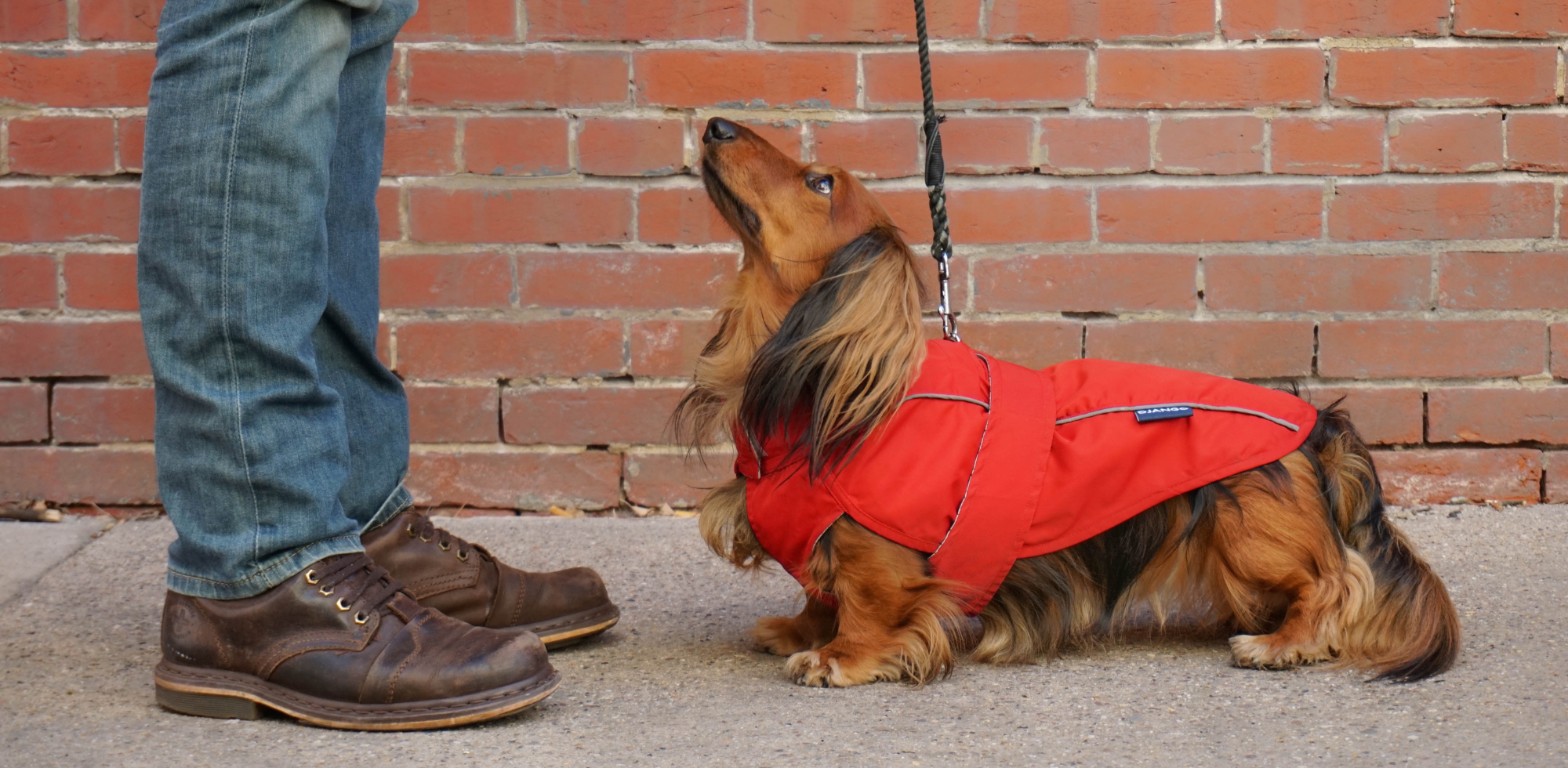
8 comments
Ann griner
Our Doxie was 3 years old. One day she was find and then she was in pain and then started paryslis on back kegs and the next day more and then she died .. carried her to vets and no hope. We miss her so much that was this past December 2 2023. Beautiful dog and she had long hair. Wonderful pet and so loving.
Our Doxie was 3 years old. One day she was find and then she was in pain and then started paryslis on back kegs and the next day more and then she died .. carried her to vets and no hope. We miss her so much that was this past December 2 2023. Beautiful dog and she had long hair. Wonderful pet and so loving.
Ann griner
Our Doxie was 3 years old. One day she was find and then she was in pain and then started paryslis on back kegs and the next day more and then she died .. carried her to vets and no hope. We miss her so much that was this past December 2 2023. Beautiful dog and she had long hair. Wonderful pet and so loving.
Our Doxie was 3 years old. One day she was find and then she was in pain and then started paryslis on back kegs and the next day more and then she died .. carried her to vets and no hope. We miss her so much that was this past December 2 2023. Beautiful dog and she had long hair. Wonderful pet and so loving.
DJANGO
@HEATHER Dogs with IVDD (i.e., stages 1-3) often can recover without surgery. If your dog still has neck/back pain after 4-7 days of strict crate rest or starts showing signs of paralysis, IVDD surgery is the best option and should be performed within 24-48 hours.
@HEATHER Dogs with IVDD (i.e., stages 1-3) often can recover without surgery. If your dog still has neck/back pain after 4-7 days of strict crate rest or starts showing signs of paralysis, IVDD surgery is the best option and should be performed within 24-48 hours.
Heather
Can dogs with IVDD recover without surgery
Can dogs with IVDD recover without surgery
DJANGO
@JENNIFER I am so sorry to hear about your beagle mix’s recent IVDD surgery. I truly hope it went well and he is doing OK right now. The first week after our dog Django’s surgery was incredibly difficult on our family, so I definitely appreciate what you are going through right now.
Regarding Django’s recovery and initial signs after surgery, I actually documented many of his milestones on his @DjangoTheGent Instagram account. This has allowed me to recall how exactly Django began to recovery and when. A few of these Instagram updates are also embedded above, right in this DJANGO Dog Blog article. You can scroll up to see how Django was doing at the 1 week and 2.5 week marks.
Ultimately after about one week, Django began slowly controlling his bladder more. The first week he had zero control of his pee/poo functions. So that was the first sign of his recovery.
At 2.5 weeks post-surgery, Django still could not use his back legs at all, but he was able to fully control his bladder. He was also was getting a little more sensation in his back legs at this point.
By 4 weeks post-surgery, Django was starting to move around outside of the crate. He was largely dragging his back legs, but they were showing small signs of function and movement finally.
At 7.5 weeks, Django was walking and using his back legs again. They were very wobbling but working! He’d trip over his back legs on occasion, and they’d get weak after 10 minutes of use, but they were fortunately working and getting stronger each day.
Django is now almost 16 weeks post-surgery, and his back legs are working very nicely (not perfectly though!). On some days they work almost perfectly. Other days, they show more signs of weakness. Thankfully, however, Django only continues to get stronger. He’s back to running around the backyard and everything.
Django’s recovery was definitely much slower than I expected, so don’t lose hope. Also, just remember that every dog’s recovery will be different. Some will recover quickly, others may take a full 6 months to get back to normal activity and function. Some may recovery nicely but never walk as “perfectly” as they did before.
Your dog’s neurologist is definitely the best person to guide you during the recovery and give you an idea of what milestones to watch for.
I hope this helps in some way. Wishing your pup a full recovery, even if it ends up being a slow one. All the best to you and your dog <3
Steph (and Django)
@JENNIFER I am so sorry to hear about your beagle mix’s recent IVDD surgery. I truly hope it went well and he is doing OK right now. The first week after our dog Django’s surgery was incredibly difficult on our family, so I definitely appreciate what you are going through right now.
Regarding Django’s recovery and initial signs after surgery, I actually documented many of his milestones on his @DjangoTheGent Instagram account. This has allowed me to recall how exactly Django began to recovery and when. A few of these Instagram updates are also embedded above, right in this DJANGO Dog Blog article. You can scroll up to see how Django was doing at the 1 week and 2.5 week marks.
Ultimately after about one week, Django began slowly controlling his bladder more. The first week he had zero control of his pee/poo functions. So that was the first sign of his recovery.
At 2.5 weeks post-surgery, Django still could not use his back legs at all, but he was able to fully control his bladder. He was also was getting a little more sensation in his back legs at this point.
By 4 weeks post-surgery, Django was starting to move around outside of the crate. He was largely dragging his back legs, but they were showing small signs of function and movement finally.
At 7.5 weeks, Django was walking and using his back legs again. They were very wobbling but working! He’d trip over his back legs on occasion, and they’d get weak after 10 minutes of use, but they were fortunately working and getting stronger each day.
Django is now almost 16 weeks post-surgery, and his back legs are working very nicely (not perfectly though!). On some days they work almost perfectly. Other days, they show more signs of weakness. Thankfully, however, Django only continues to get stronger. He’s back to running around the backyard and everything.
Django’s recovery was definitely much slower than I expected, so don’t lose hope. Also, just remember that every dog’s recovery will be different. Some will recover quickly, others may take a full 6 months to get back to normal activity and function. Some may recovery nicely but never walk as “perfectly” as they did before.
Your dog’s neurologist is definitely the best person to guide you during the recovery and give you an idea of what milestones to watch for.
I hope this helps in some way. Wishing your pup a full recovery, even if it ends up being a slow one. All the best to you and your dog <3
Steph (and Django)
Jennifer
Our beagle mix just had this surgery. He lost all movement immediately, not gradually, and we had the surgery within 14 hours. He was stage five. My question to you is, after surgery what signs did you see. We are 12 days post surgery and no deep pain sensations and no use of legs yet. Today he seemed to straighten one leg and he is lifting his tail to poop. Just wondering what were the first signs you saw after surgery to show healing was happening Thanks
Our beagle mix just had this surgery. He lost all movement immediately, not gradually, and we had the surgery within 14 hours. He was stage five. My question to you is, after surgery what signs did you see. We are 12 days post surgery and no deep pain sensations and no use of legs yet. Today he seemed to straighten one leg and he is lifting his tail to poop. Just wondering what were the first signs you saw after surgery to show healing was happening Thanks
Petposterfun
All my Prayers and Good wishes are with Your Pet..God bless you both
All my Prayers and Good wishes are with Your Pet..God bless you both
Emily Pets
really nice way to look at it
really nice way to look at it